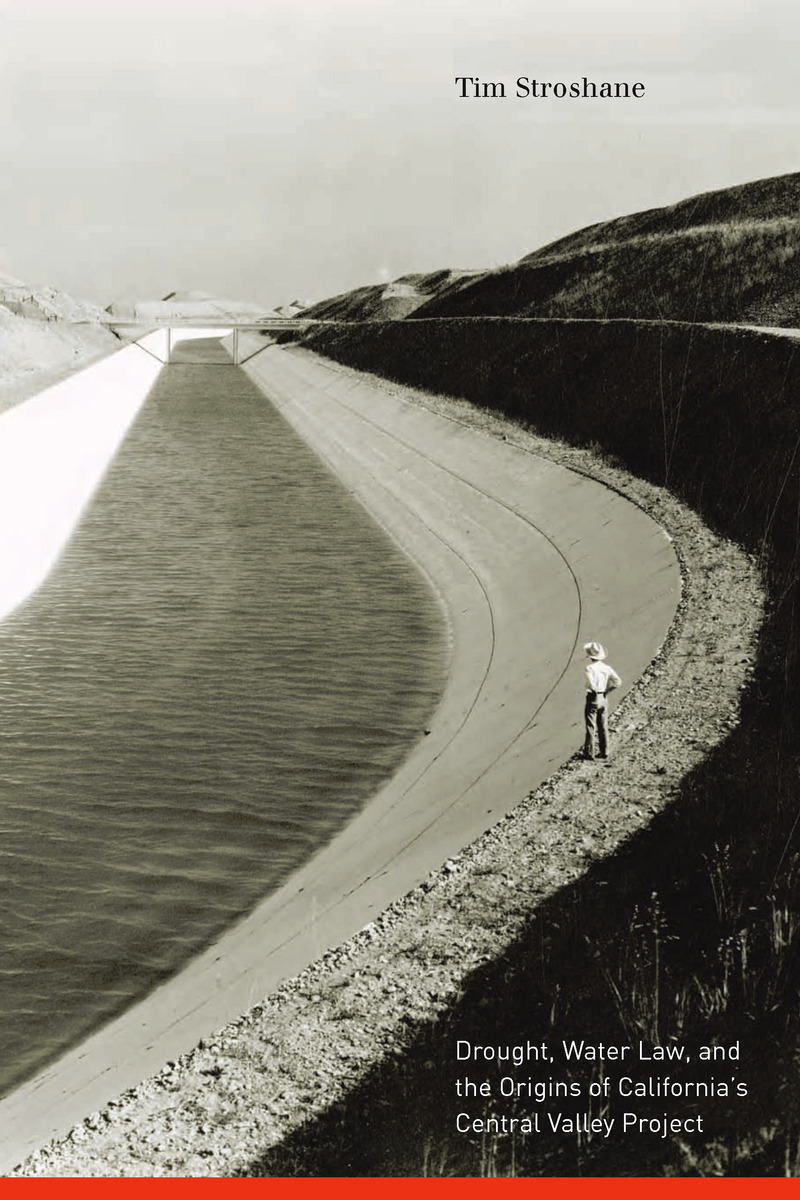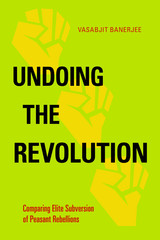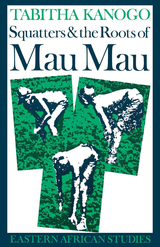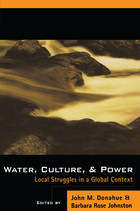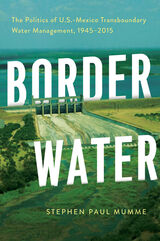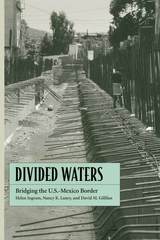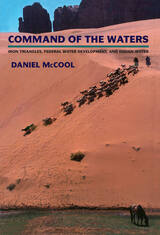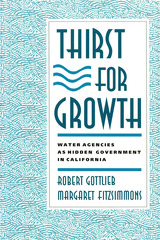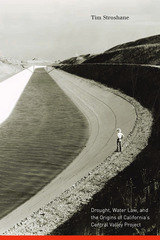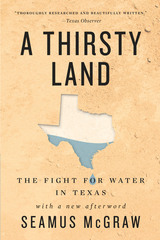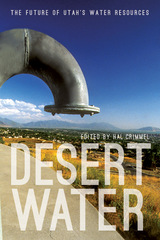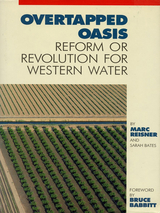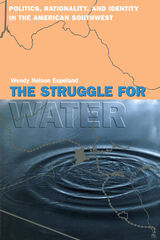Drought, Water Law, and the Origins of California's Central Valley Project
University of Nevada Press, 2016
Cloth: 978-1-943859-21-4 | Paper: 978-1-943859-06-1 | eISBN: 978-0-87417-001-6
Library of Congress Classification HD1694.C2S77 2016
Dewey Decimal Classification 333.9115097945
Cloth: 978-1-943859-21-4 | Paper: 978-1-943859-06-1 | eISBN: 978-0-87417-001-6
Library of Congress Classification HD1694.C2S77 2016
Dewey Decimal Classification 333.9115097945
ABOUT THIS BOOK | AUTHOR BIOGRAPHY | REVIEWS | TOC | REQUEST ACCESSIBLE FILE
ABOUT THIS BOOK
This book is an account of how water rights were designed as a key part of the state’s largest public water system, the Central Valley Project. Along sixty miles of the San Joaquin River, from Gustine to Mendota, four corporate entities called “exchange contractors” retain paramount water rights to the river. Their rights descend from the days of the Miller & Lux Cattle Company, which amassed an empire of land and water from the 1850s through the 1920s and protected these assets through business deals and prolific litigation. Miller & Lux’s dominance of the river relied on what many in the San Joaquin Valley regarded as wasteful irrigation practices and unreasonable water usage. Economic and political power in California’s present water system was born of this monopoly on water control. Stroshane tells how drought and legal conflict shaped statewide economic development and how the grand bargain of a San Joaquin River water exchange was struck from this monopoly legacy, setting the stage for future water wars. His analysis will appeal to readers interested in environmental studies and public policy.
See other books on: Drought | Origins | Water resources development | Water rights | Water-supply
See other titles from University of Nevada Press
